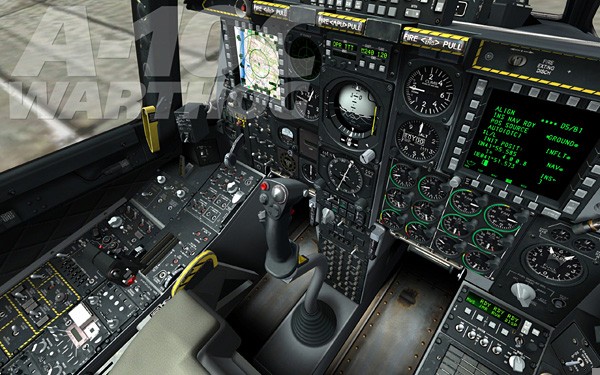Massive fan of hand tracking - hate its limitations though

For me it comes down to a couple of things that need addressed to make it work really well:
1) Haptics for interacting with objects - While not ideal, I find that pushing a button with a "virtual" hand using a controller that even just a buzz gives me enough of a tactile response to make it feel a little more real. It's especially convincing when you have something that shows the controller you're holding while showing your hand because it's a one to one representation of exactly what's going on.
i.e. pushing a button with the left index finger like this:
I had seen the Ultraleap STRATOS but written it off as without support for a VR headset I just don't see the need - as hand tracking without a VR headset is more of a chore than a benefit in my opinion.
I've always wondered why haptics/hand tracking people aren't working on a complimentary system, where instead of a glove trying to do ALL the work (haptics and tracking) they don't make a glove that ONLY does haptics but maybe compliments something like the Leap tracking - maybe it has markers to give more robust tracking from the IR cameras that means you can use the same device with or without gloves that provide added value.
Oh, one thing I do like is putting a menu physically attached to one hand, so that you "press" your fingers to press the buttons. Annoying on the Quest at the moment as it "gracefully" stops tracking when your hands overlap (very annoying) but great interaction/feedback for systems that support it (like the Leap)
2) Responsiveness - This is possibly a haptics thing again, but really... physical buttons are better than any hand tracking for a couple of reasons. Firstly the amount of movement and precision you get (i.e. the ability to choose between an A and B button on a controller to quickly do two possible functions) I'm not sure will ever be matched by hand tracking. And to be honest, it's not a hand tracking problem, it's probably a human problem. How accurately can you really place your finger, hovering in mid air, or preforming some kind of recognised gesture without some kind of support that comes from holding a physical object.
Additionally, people are lazy. When I hold a controller I'm able to put my hands behind my back and get as comfy as I want and (even though there might be no controller movement tracking) I'm able to press a button without any hesitation it won't be picked up by the application. Hand tracking faces the additional problem that the tracking volume is going to be comparatively small (when we consider all in one devices - which is where I think everything is moving to now) because it can rely on additional sensors to support tracking loss.
Which is where, again, I think a system that combines "dumb" gloves with physical buttons on the top of the index finger (not unlike PointCTRL -
https://forums.eagle.ru/showthread.php?t=218861) means yeah, you can use your Leap without gloves, but put these gloves on and you get an additional IMU, haptics and buttons that make it super good.
3) Reliability/Robustness - if I gave you a mouse that when you clicked the left button it only worked 90% of the time, how quickly would you smash it?... That's how much I want to smash the Leap when it doesn't detect a pinch gesture or falsely detects a pinch gesture. Same thing goes for when I need to drag something around of move my hands so that the sensor doesn't detect them - you're literally fighting against the system half the time and it's not productive.
BUT... saying all that... I frickin' love hand tracking

The Oculus Quest now supporting both controllers and hand tracking at ALMOST the same time (limitation that it can only do one OR the other so you need to put the controllers down to activate hand tracking) is a sign of things to come. I can easily see Oculus adapting their hand tracking model to the RiftS at some point and with that comes the potential power to do both hand and controller tracking at the same time.
As others have said, moving between real controls (HOTAS) and virtual controls (like the Elite Dangerous of DCS cockpit) is going to be frickin' amazing.
I also love it for its accessibility. The number of applications I've developed and demoed to people shows me that some people don't even know what a trigger is - so putting buttons on a control panel that can just be reached out and touched is a game changer in terms of usability.




